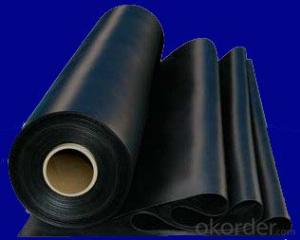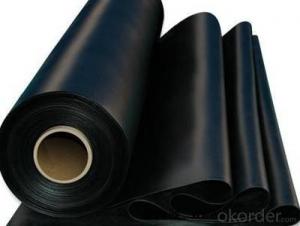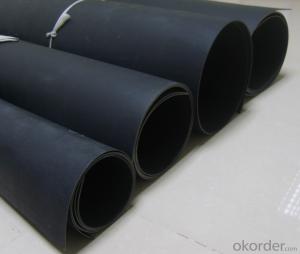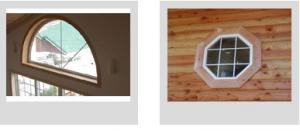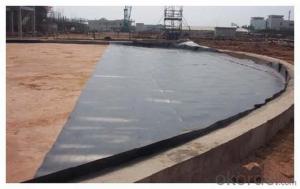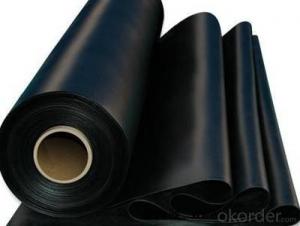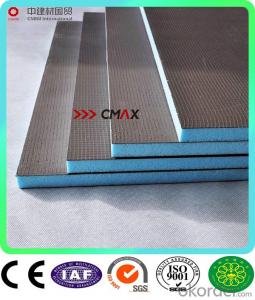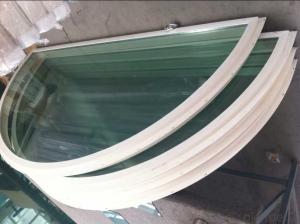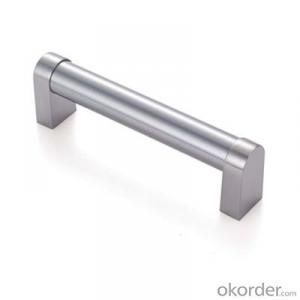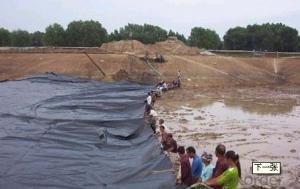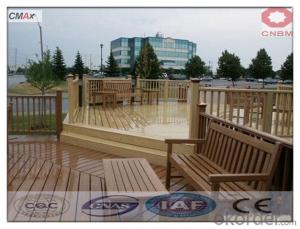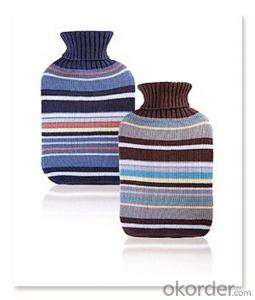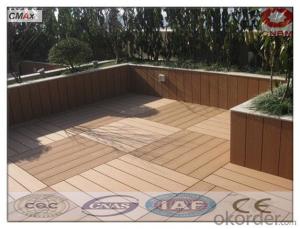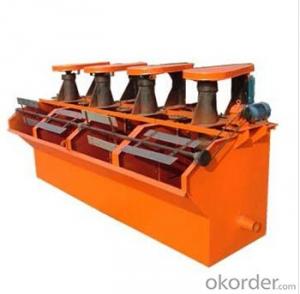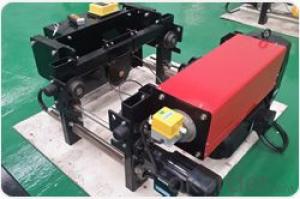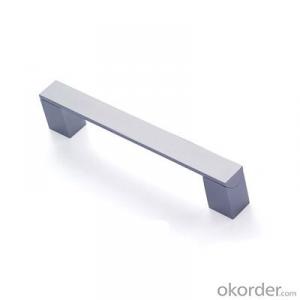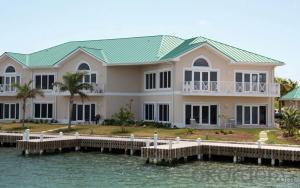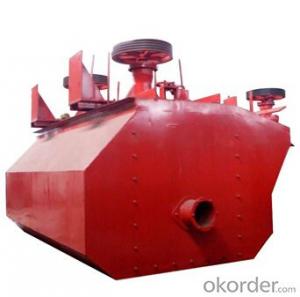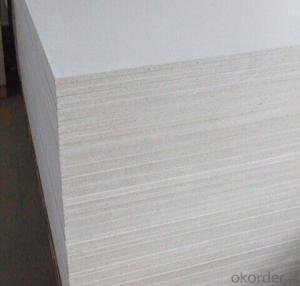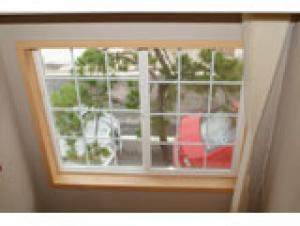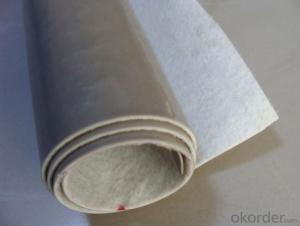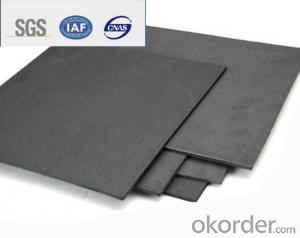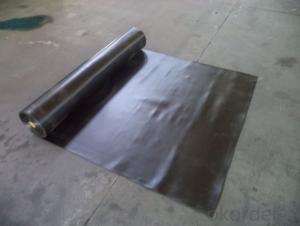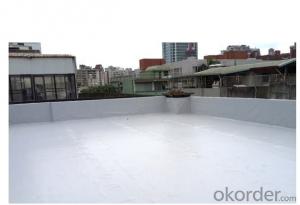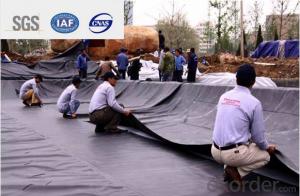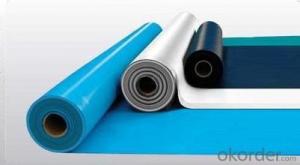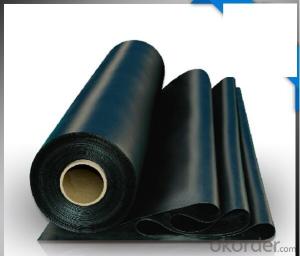Atarfil Europe Geomembranes
Atarfil Europe Geomembranes Related Searches
Thickness Of Aluminum Plate Functions Of Geomembranes Classification Of Inorganic Pharmaceuticals Geomembrane Thickness Prefabricated Geomembranes Atarfil Europe Geomembranes Impermeable Geomembranes Atarfil Geomembranes GeomembranesHot Searches
Wholesale Hdpe Geomembrana Hdpe Liner Cost Wholesale Hdpe Geomembrana Hdpe Liner CostAtarfil Europe Geomembranes Supplier & Manufacturer from China
Okorder.com is a professional Atarfil Europe Geomembranes supplier & manufacturer, offers integrated one-stop services including real-time quoting and online cargo tracking. We are funded by CNBM Group, a Fortune 500 enterprise and the largest Atarfil Europe Geomembranes firm in China.Hot Products
FAQ
- Yes, a waterproofing membrane can be removed or replaced if necessary. Over time, waterproofing membranes can deteriorate or be damaged, leading to leaks or moisture penetration. In such cases, it is necessary to remove the existing membrane and replace it with a new one to ensure proper waterproofing. The process of removal and replacement involves carefully stripping off the old membrane, cleaning the surface, and applying a new membrane system. It is important to consult with a professional waterproofing contractor who can assess the condition of the existing membrane and provide appropriate recommendations for removal and replacement.
- Yes, waterproofing membranes are designed to be resistant to oil and fuel spills. They are specially formulated to provide a barrier against these substances, preventing them from penetrating the membrane and causing damage.
- Yes, there are specific installation requirements for waterproofing membranes. These requirements may vary depending on the type of membrane being used, but common requirements include proper surface preparation, application of a primer if necessary, ensuring the membrane is correctly positioned and stretched, and using the appropriate adhesive or sealant for bonding. It is essential to follow the manufacturer's guidelines and recommendations to ensure proper installation and the effectiveness of the waterproofing membrane.
- Below-grade parking structures can benefit greatly from the use of waterproofing membranes. They are frequently employed to safeguard these structures against water infiltration and potential harm. The main purpose of these membranes is to create a barrier that prevents water from penetrating the concrete and causing deterioration. To ensure the long-term durability and structural integrity of parking structures, the application of these membranes to the below-grade walls and floors is essential. Moreover, the use of waterproofing membranes also aids in the prevention of mold and mildew formation, which is a common problem in damp environments like below-grade parking structures. In conclusion, it is highly advisable to utilize waterproofing membranes in order to shield below-grade parking structures from water damage and prolong their lifespan.
- A waterproofing membrane can be applied on a variety of surfaces, but it is important to consider the specific characteristics and requirements of each surface before proceeding. While many waterproofing membranes are versatile and can adhere to different materials, it is recommended to consult with a professional or manufacturer to ensure compatibility and optimal performance. For concrete surfaces, waterproofing membranes can be applied to prevent water penetration and protect against moisture damage. These membranes are typically designed to adhere to concrete and provide a barrier against water and vapor transmission. However, it is important to properly prepare the concrete surface by cleaning, repairing any cracks or imperfections, and ensuring a smooth and even substrate for the membrane. Similarly, waterproofing membranes can be applied to masonry surfaces such as brick or stone. These surfaces may require additional preparation, such as removing loose mortar or debris, and may benefit from a primer to enhance adhesion. Additionally, certain types of waterproofing membranes may be more suitable for these surfaces depending on their porosity and texture. Waterproofing membranes can also be applied to wood surfaces, such as decks or balconies, to protect against moisture damage and extend their lifespan. However, it is important to select a membrane specifically designed for wood surfaces as they may require additional flexibility to accommodate the natural movement and expansion of the wood. In summary, while a waterproofing membrane can be applied on various surfaces, it is crucial to consider the specific characteristics and preparation requirements of each surface to achieve optimal results. Consulting with a professional or manufacturer can help determine the most suitable membrane and application method for a particular surface.
- Yes, a waterproofing membrane can be used in areas with high levels of salt or saltwater exposure. However, it is important to choose a membrane specifically designed to withstand such conditions. Certain waterproofing membranes are specifically formulated to be resistant to salt and saltwater exposure, preventing any potential damage or degradation. These membranes are typically made with materials that are highly resistant to corrosion and have enhanced durability. It is crucial to consult with a professional to ensure the correct type of waterproofing membrane is selected for high salt or saltwater exposure areas to ensure long-term effectiveness and protection.
- Yes, waterproofing membranes can be used on mechanical rooms. Mechanical rooms often house equipment such as boilers, pumps, and ventilation systems, which can be sensitive to water damage. Waterproofing membranes provide a protective barrier against water infiltration and can help prevent leaks, moisture buildup, and potential damage to the equipment. Additionally, these membranes can also provide thermal insulation, noise reduction, and fire resistance properties. It is important to choose the appropriate type of waterproofing membrane based on the specific needs and requirements of the mechanical room.
- Yes, there are specific maintenance requirements for a waterproofing membrane. Regular inspections should be conducted to check for any signs of damage or deterioration, such as cracks or leaks. Any debris or standing water should be promptly removed to prevent potential damage. Additionally, it is important to follow the manufacturer's guidelines for cleaning and maintenance, which may include periodic cleaning with mild detergents and avoiding the use of harsh chemicals or abrasive cleaning tools.
